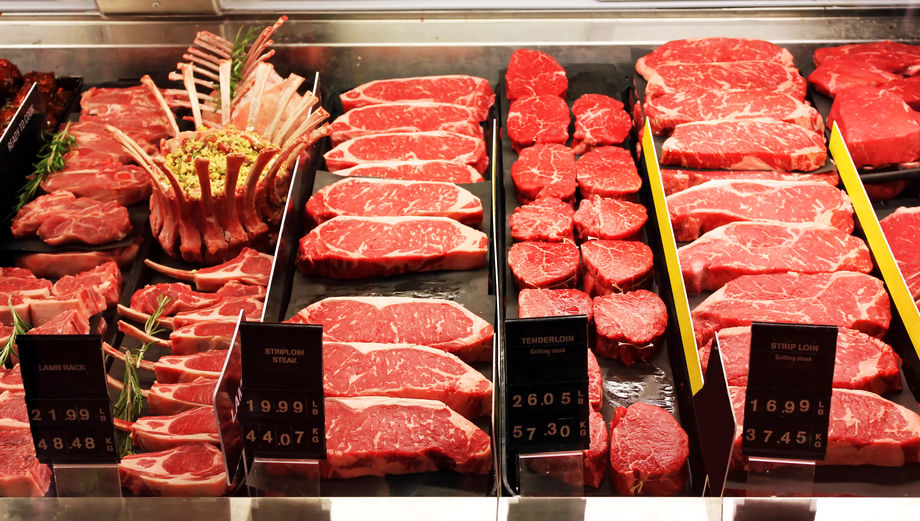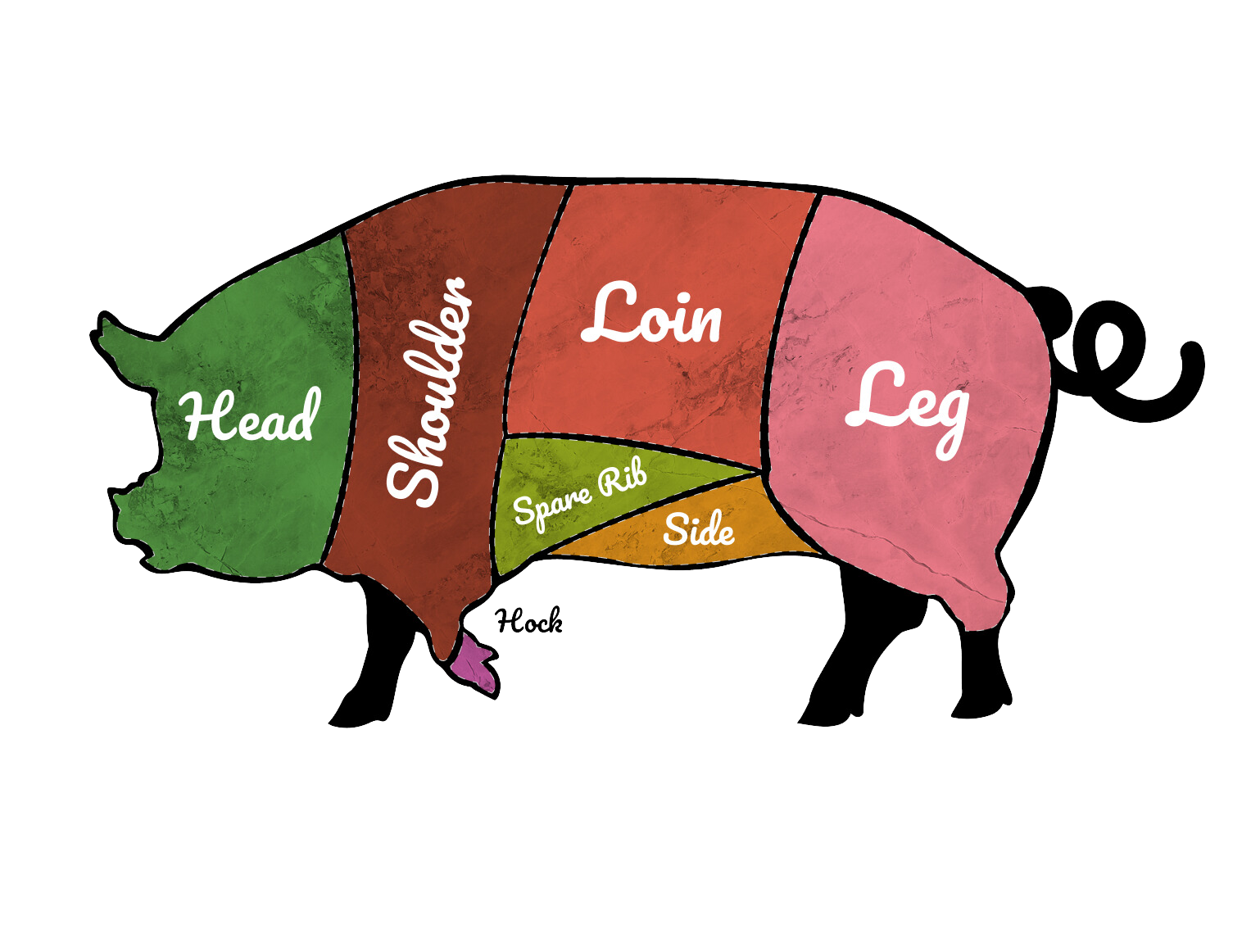Local livestock
How should we customize your Beef or Pig?

- What the consumer pays: $150 kill fee and a specific dollar amount per pound of hanging weight. That dollar amount pays for the live animal and the processing fee.
- Example: Kill fee + (market value)/lb of hanging weight = finished product
- Hanging weight refers to the weight after the hide, blood, and organs have been removed, and only the meat and bones remain.
- Example: $150 kill fee + $4/lb x 800lbs= $3200
- With an 800lb hanging weight you can expect 200lbs (1/4 of the hanging weight) of the following: T-bones, ribeyes, tenderloins, sirloins, roasts, ribs, brisket, etc. (depending on your chosen cut instructions). About 200lbs of ground beef (1/4 of the hanging weight). Which will total about 400lbs of meat.
If that seems like too much meat for you, look into our half a beef option. You may get a quarter of beef if you find someone who will buy the other quarter.
Whole Beef
OR
1/2 Beef
Whole Pig
OR
1/2 Pig
Modern pork production has emphasized lean and inexpensive muscle. The result has been “the other white meat.” Pork has become flavorless, colorless, and cheap. Commercial hog breeding practices and diet management produce the cheapest cost of growth and lean muscle, are riddled with stress genetics and low muscle pH, leading to a poor eating experience.
Pork with a low pH (5-5.4) looks unappetizing, tastes like sour buttermilk, shrinks drastically when cooked, and is described as dry and tough after cooking. Pork that we call in the industry PSE (pale, soft, and exudative). Much of commodity pork across the country is PSE and the vast majority is below 5.7 pH. Pork with a higher pH (5.6-6.0) is richer in pink/red color. It has a more neutral flavor like cream (vs buttermilk), it holds water, and does not shrink when cooked. It has higher retail yields and is commonly described as moist and tender. Three heritage breeds of hogs (what we raise) have been shown to consistently produce pork above 5.7 pH. Duroc, Chester White and Berkshire, with Berkshires tending to be the highest.
In addition to quality meat genetics, quality diet management can further enhance good genetics. The fat composition within muscle affects the eating experience. Hog diet management can significantly alter the fat quantity and composition within pork. When hogs are fed high rates of protein they grow fast and lean muscle. When they are fed a lower protein diet they grow slower, but develop more intramuscular fat. Intramuscular fat is an essential ingredient to tenderness and flavor.
At Lemmonmade, we raise hogs for quality, not volume and cost-effectiveness. Our hogs have the highest meat quality genetics, receive lots of space and are fed for quality growth, not cheap gains. You won’t find higher quality pork anywhere. Hogs are available in limited quantities. Please call for pricing and availability!

